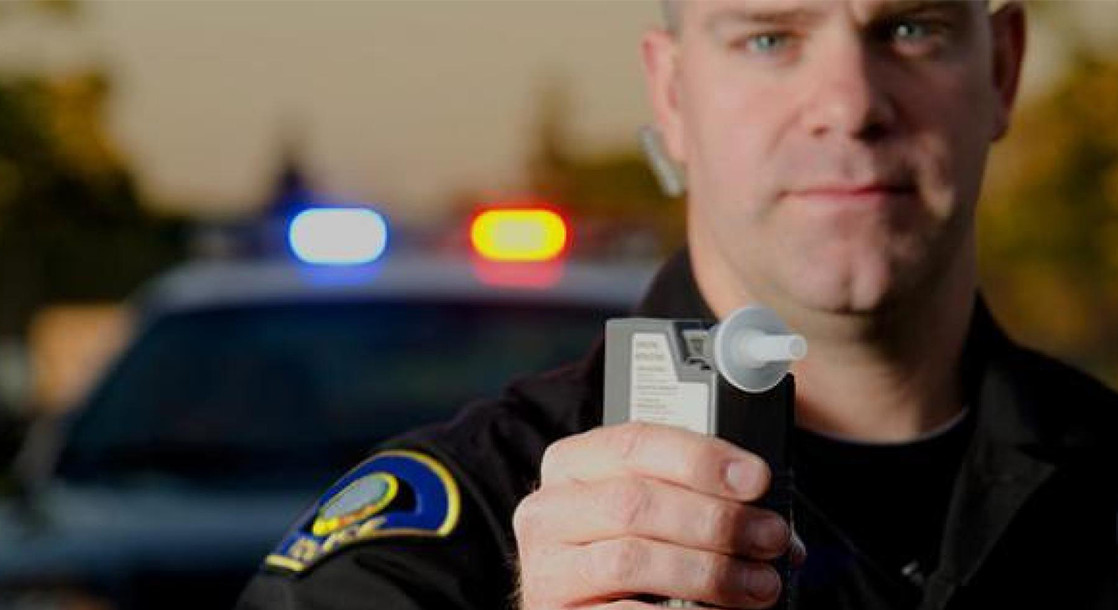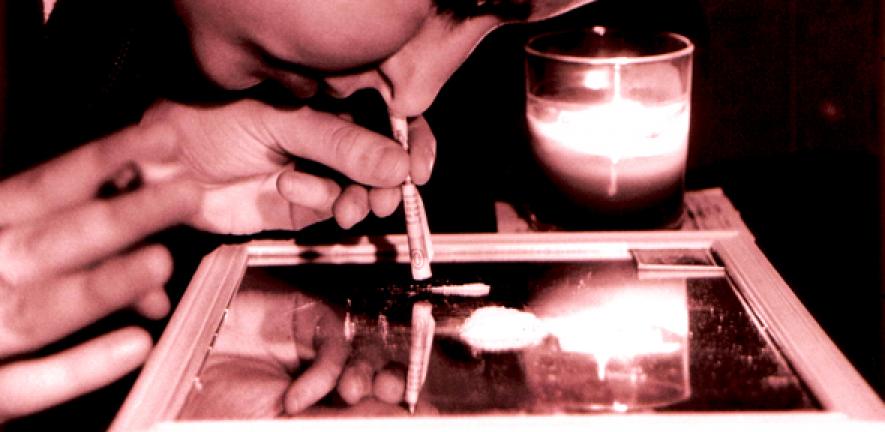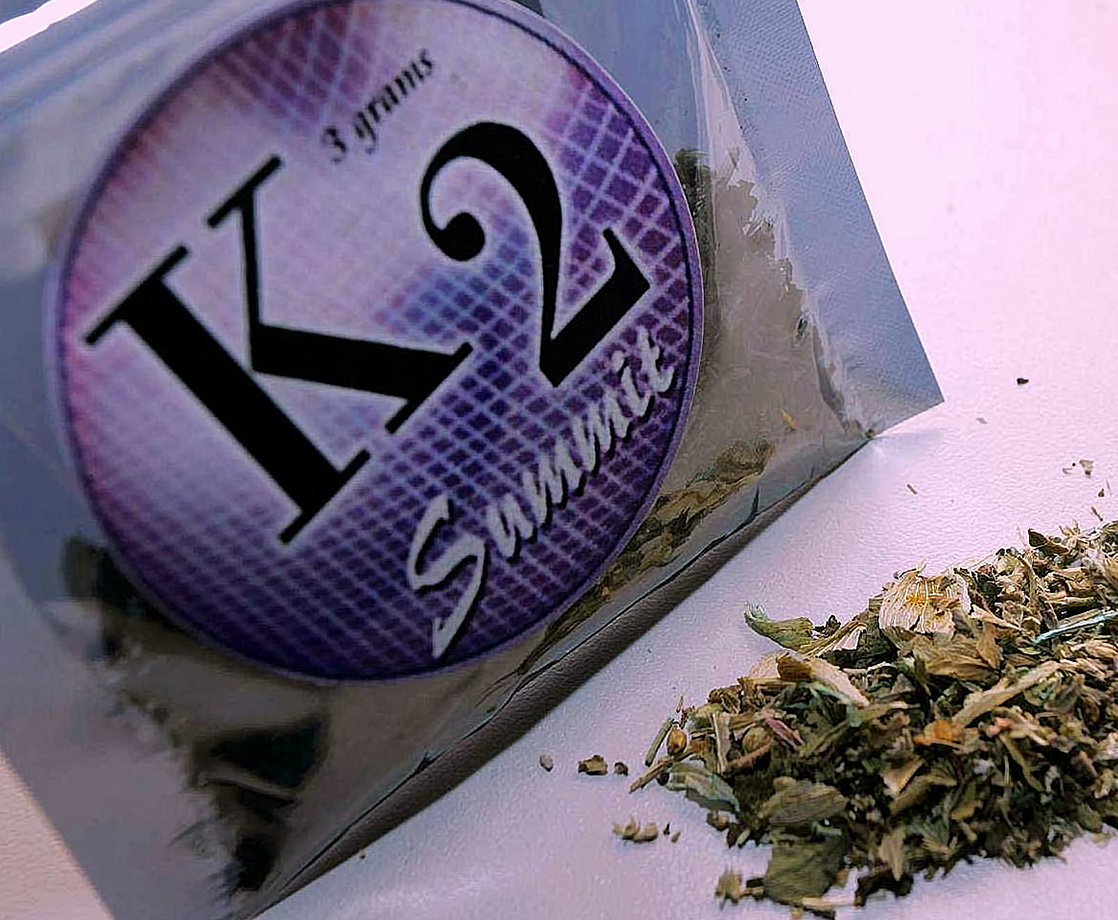As both medical and recreational cannabis legalization continues to flourish across the United States, policymakers and law enforcement agencies have been racing to find a way to monitor and keep users from driving under the influence of pot. For years now, researchers have attempted to create a viable test that could gauge marijuana impairment levels.
In fact, the demand for cannabis breathalyzers is so high that a number of venture capital firms have poured millions of dollars into getting such a product developed and into the hands of police officers. Now, thanks to a team of scientists from the National Institute of Standards and Technology (NIST), the long-awaited marijuana breathalyzer device may be right around the corner.
Tasked with finding a way to calculate the vapor pressure of delta-9 tetrahydrocannabinol (more famously known as THC), the NIST researchers turned to a unique technology. This technique is called PLOT-cryo, otherwise known as porous layer open tubular cryogenic adsorption. The process was originally developed for airport security, and blown with air onto passengers or into luggage, allowing traces of explosives to be detected.
The sensitive nature of this technology allowed researchers to capture and analyze THC molecules while they escape into the vapor phase. First, an inert gas was deployed across the THC molecules. Then, the gas sweep is chilled, enabling the chemical compound to be collected and measured. After calculating the mass of the recovered molecules in the gas, the researchers were able to decipher the vapor pressure of the sample.
Vapor pressure essentially tells researchers how active certain molecules are. However, in the case of complex molecules like THC, the vapor pressure is extremely low, making it undetectable using conventional methods. But, with this newfound technique, the researchers were able to overcome this difficultly and actually measure the vapor pressure of THC, a major feat that has never been accomplished before.
Just as with alcohol breathalyzers, law enforcement would be able to calibrate these future impairment detection devices using the reference standards of the newly discovered vapor pressure. All in all, by using PLOT-cryo to calculate THC levels, the NIST scientists believe that they are “laying the foundation” for a reliable marijuana breathalyzer.











